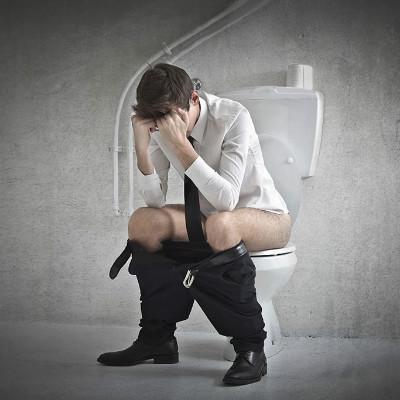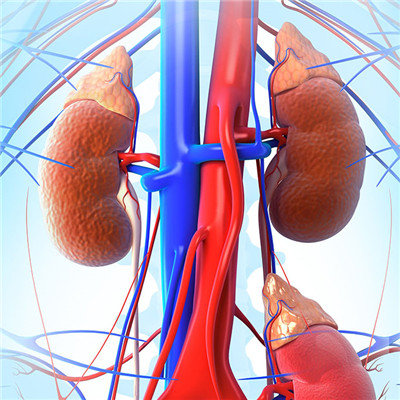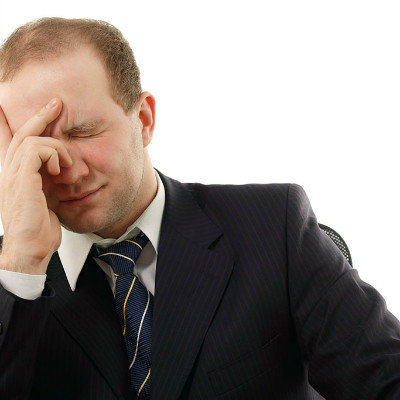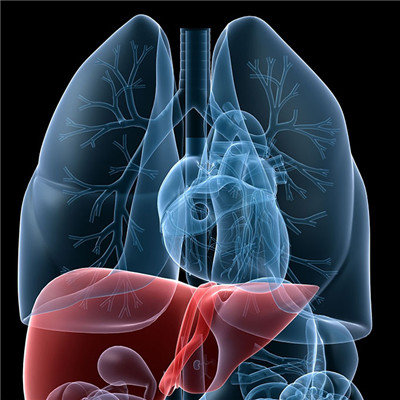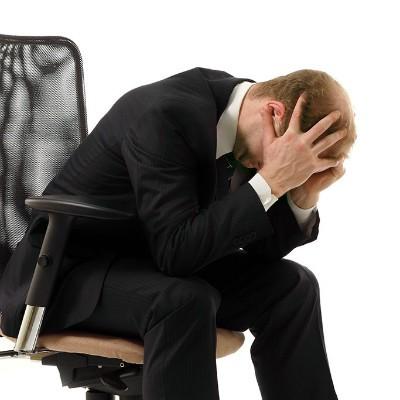Rectal prolapse symptoms?
summary
Rectal prolapse is a pathological condition in which the lower end of the anal canal, rectum and sigmoid colon moves downward and protrudes out of the anus. Only submucosal prolapse is incomplete prolapse, and full-thickness rectal prolapse is complete prolapse. Prolapse in the rectum is called internal prolapse, prolapse outside the anus is called external prolapse. Rectal prolapse is more common in children and the elderly. Rectal prolapse is a self limiting disease in children. Most of them heal before 5 years old, so non-surgical treatment is the main treatment. In adult patients with severe complete rectal prolapse, long-term prolapse will lead to pudendal nerve injury, anal incontinence, ulcer, perianal infection, rectal bleeding, prolapsed intestinal edema, necrosis and stenosis, which should be treated mainly by operation. Rectal prolapse symptoms now tell you.
Rectal prolapse symptoms?
Partial prolapse: for the lower rectal mucosa and muscle layer separation, and downward shift to form folds, it is also known as mucosal prolapse or incomplete prolapse. The length of prolapsed tissue is 2-5cm, which can be partial or full submucosal prolapse, and can be arranged radially. The prolapsed part is composed of two layers of mucosa, and there is no groove between the prolapsed part and anus.

Complete prolapse: Rectal full-thickness prolapse, serious rectal and anal canal are turned out of the anus. The prolapsed part is composed of two layers of folded intestinal wall tissue. Most adults are complete prolapse, more women, often accompanied by anal dysfunction.

Patients with rectal prolapse often have a history of chronic constipation and irregular defecation. The onset of the disease is slow. In the early stage, I feel that the rectum is full and the defecation is not clean. In the later stage, I feel that there is a lump prolapse when I defecate, but I retract after defecation. In the later stage of the disease, I will prolapse when coughing, exerting or walking. I need to hold the anus with my hand. If the rectal prolapse is not brought back in time, swelling, inflammation and even strangulation necrosis may occur. The patient often feels that the stool cannot be discharged completely, there is mucus flowing out of the anus, bloody stool, anal distension, pain and tenesmus, sometimes accompanied by pain and discomfort in the waist, lower abdomen or perineum.
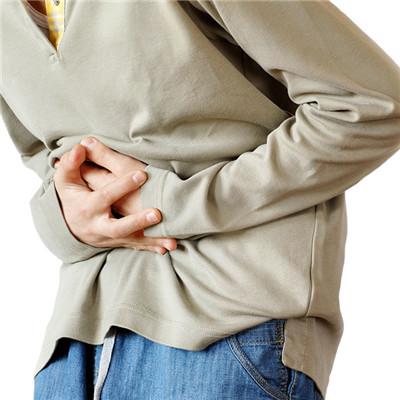
matters needing attention
The diagnosis of extrarectal prolapse is not difficult. When the patient squatted down to defecate, he could see a red spherical mass protruding 2-5cm from the anus with radial grooves. Finger examination showed that it was a two-layer folded mucosa, which retracted spontaneously after defecation. Complete prolapse of the prolapsed intestinal segment is long, oval or pagoda shaped, about 10 cm long, with layers of folded circular folds, muscle layer can be touched between the two layers of mucosa, rectal finger detection anal sphincter relaxation can be diagnosed.





